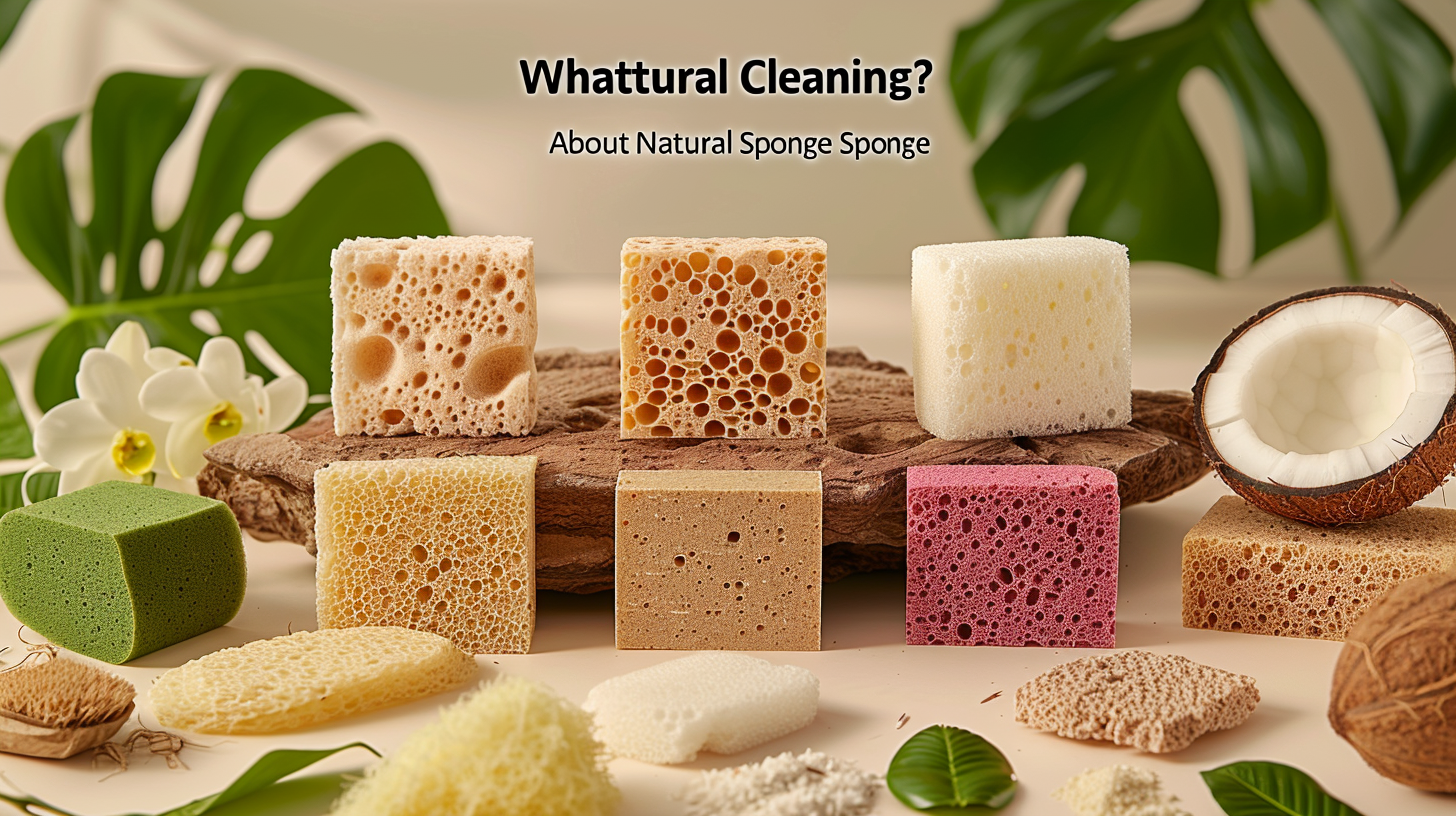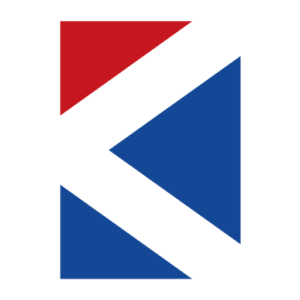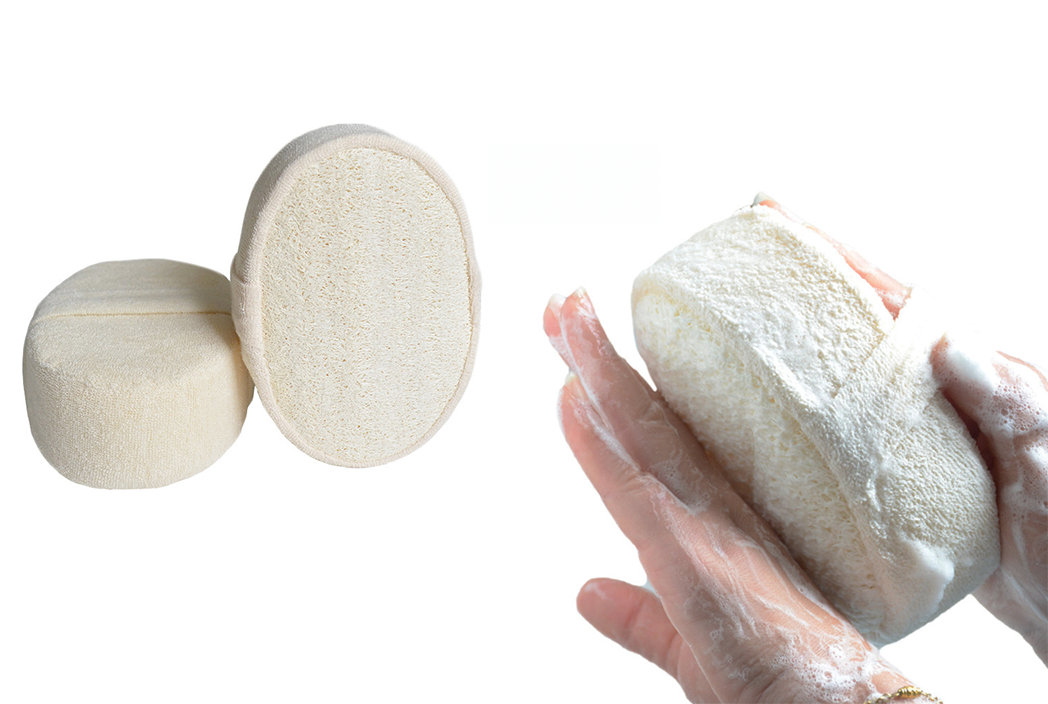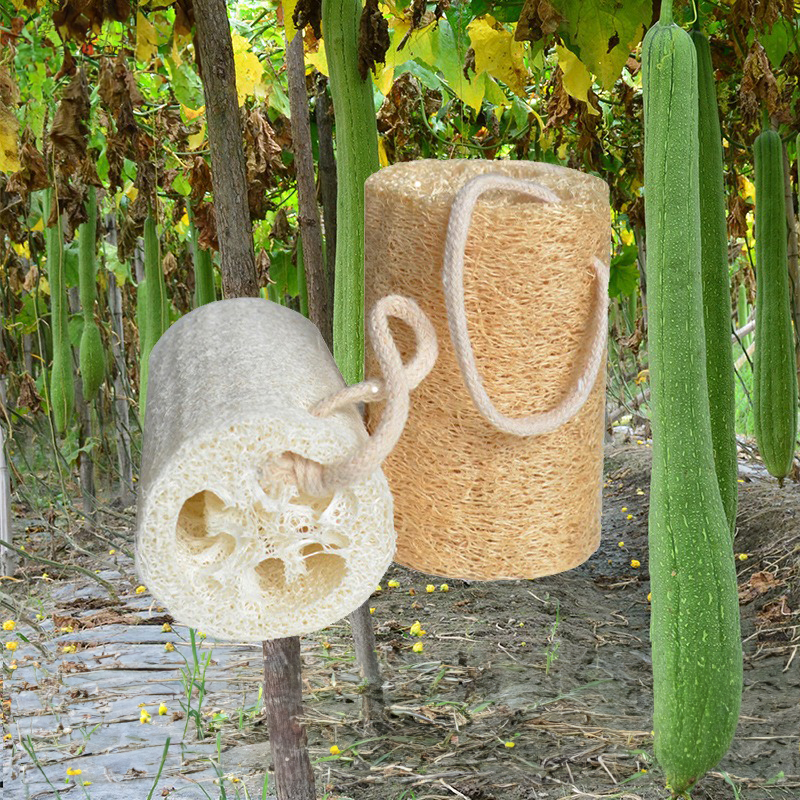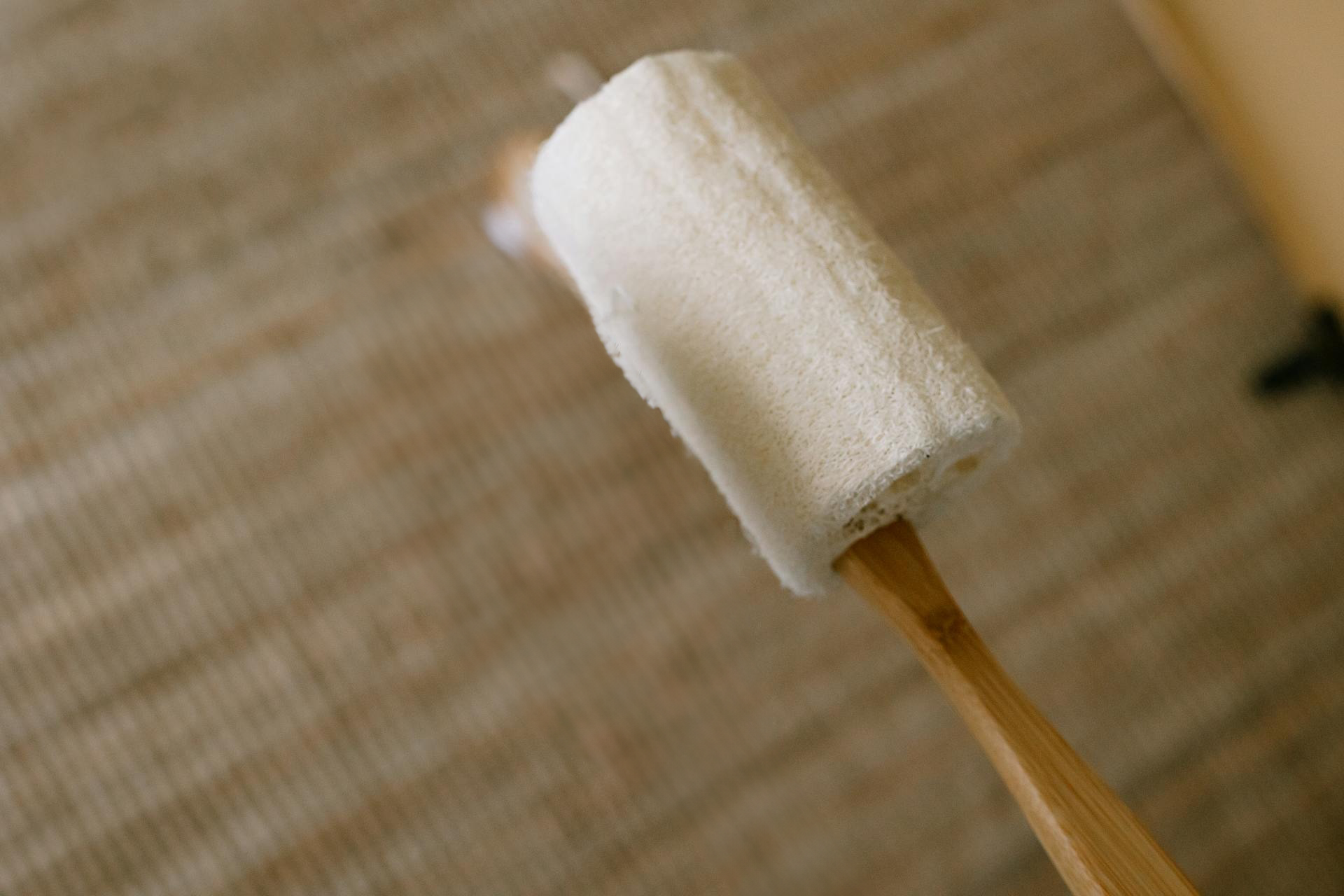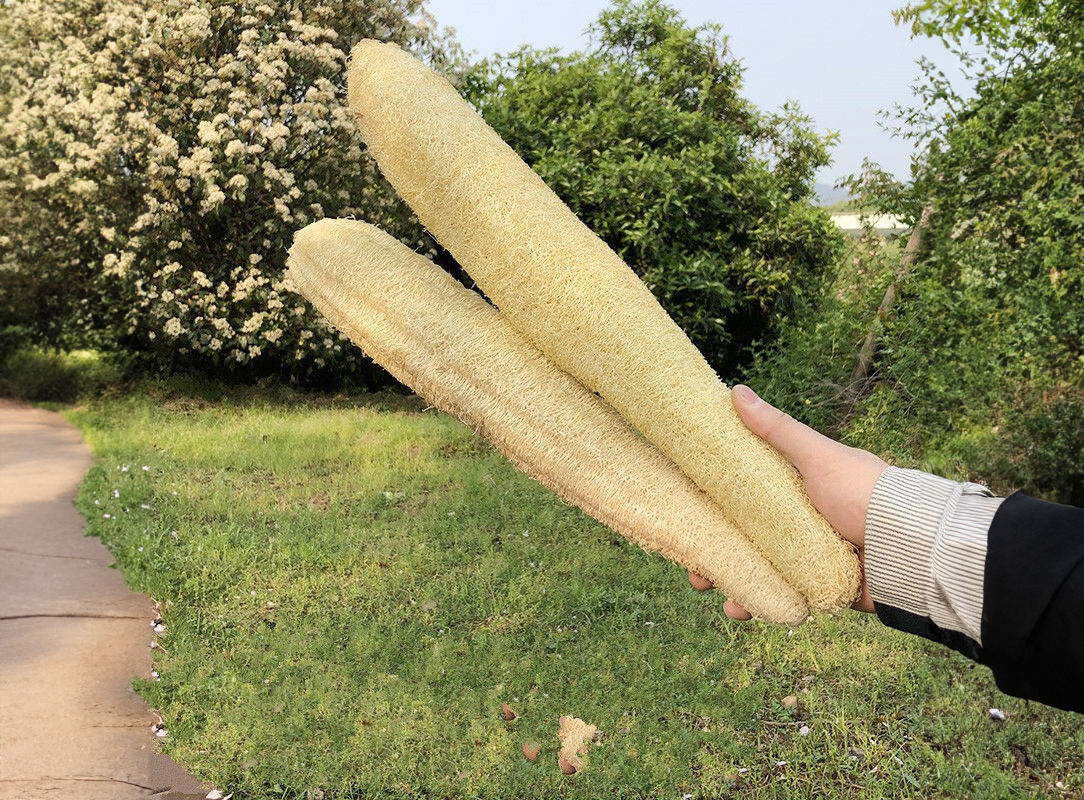1. Introduction to Natural Materials
Natural materials have been used for centuries for a variety of purposes, including cleaning. As awareness of environmental sustainability grows, natural cleaning sponges are gaining popularity as an eco-friendly alternative to synthetic sponges. These sponges are biodegradable, non-toxic, and often more durable than synthetic sponges.
2. About the Advantages of Making Cleaning Sponges from Natural Materials
Natural cleaning sponges offer many benefits. They are made from renewable resources, reducing dependence on petroleum-based products. They break down naturally, minimizing their impact on the environment. In addition, natural sponges are typically gentler on surfaces and skin, making them suitable for a variety of cleaning tasks.
3. Different Types of Natural Materials for Cleaning Sponges
1. Cellulose (Wood Pulp Fiber)
2. Coconut Palm
3. Sisal
4. Jute
5. Loofah
6. Konjac
7. Bamboo Fiber
3.1. Cellulose (Wood Pulp Fiber)
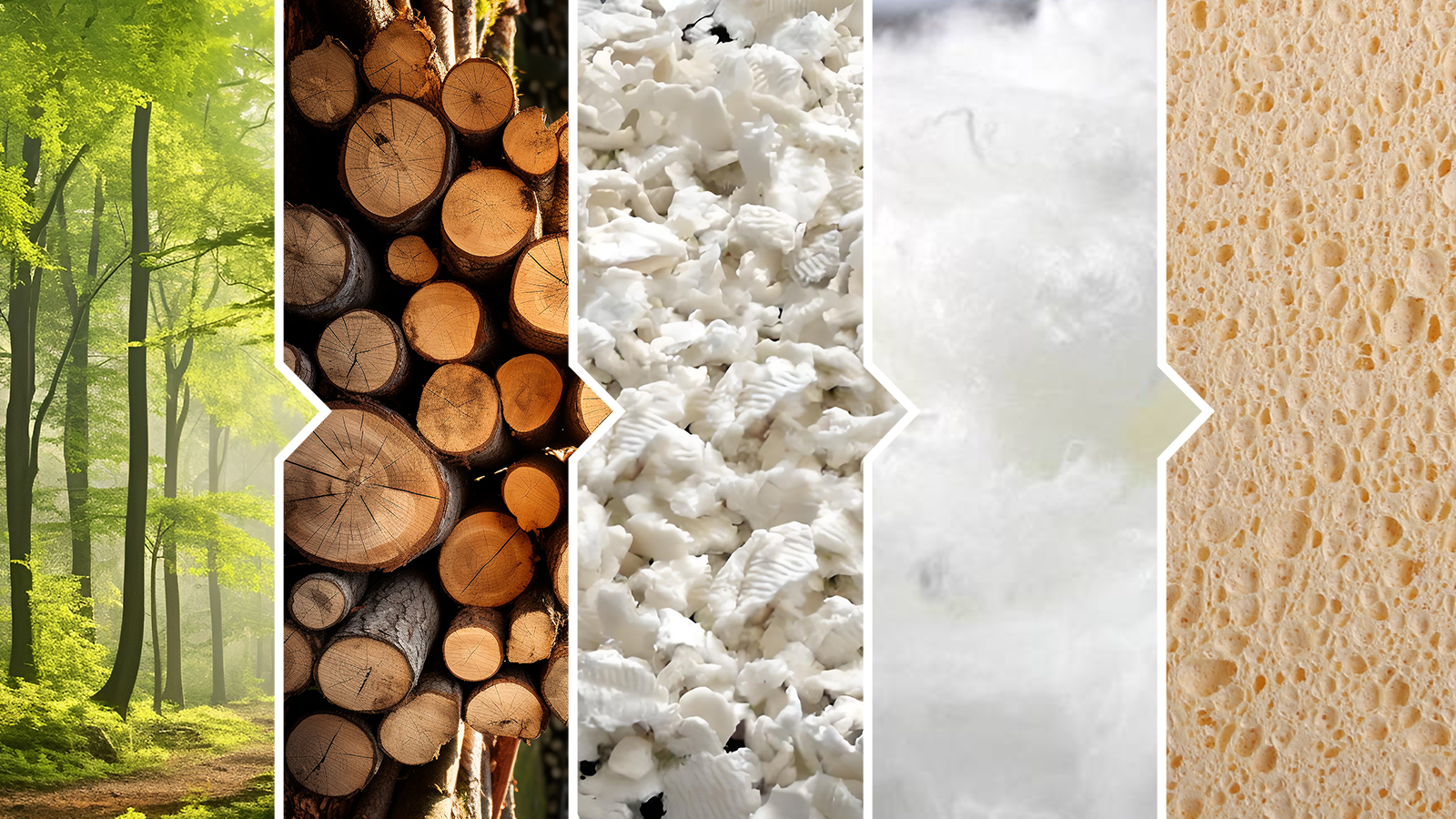
Introduction: Cellulose sponges are made from wood pulp, a renewable resource.
Manufacturing Process: Wood pulp is derived from trees through a process of pulping, where the wood is chemically or mechanically broken down into cellulose fibers. These fibers are then treated with chemicals to soften them and are mixed with water to create a viscous solution. The solution is poured into molds and heated to solidify, forming sponge blocks. These blocks are then cut into smaller sponge pieces.
Cleaning Ability: Highly absorbent, excellent for soaking up liquids and wiping surfaces.
Usage Scenarios:
- Kitchen Cleaning: Ideal for wiping countertops, cleaning dishes, and absorbing spills.
- Bathroom Cleaning: Effective for scrubbing sinks, tubs, and tiles.
- General Household Cleaning: Suitable for dusting and wiping various surfaces.
- Advantages: Biodegradable, affordable, and widely available.
- Sponge Name: Cellulose Sponge
Disadvantages: Can harbor bacteria if not properly dried after use.
3.2. Coconut Palm

Introduction: Sponges made from coconut fibers are derived from the husk of coconuts.
Manufacturing Process: The husk, or coir, of coconuts is soaked in water to soften it, and then the fibers are extracted through a process called decortication. The fibers are cleaned, sorted, and twisted into ropes or woven into mats. These mats or ropes are then processed and shaped into sponges.
Cleaning Ability: Tough and abrasive, suitable for scrubbing pots and pans.
Usage Scenarios:
- Heavy-Duty Cleaning: Excellent for scrubbing pots, pans, grills, and ovens.
- Outdoor Cleaning: Ideal for cleaning garden tools, outdoor furniture, and surfaces.
- Advantages: Durable, eco-friendly, and resistant to mold and mildew.
- Sponge Name: Coconut Sponge
Disadvantages: Coarser texture, not suitable for delicate surfaces.
3.3. Sisal
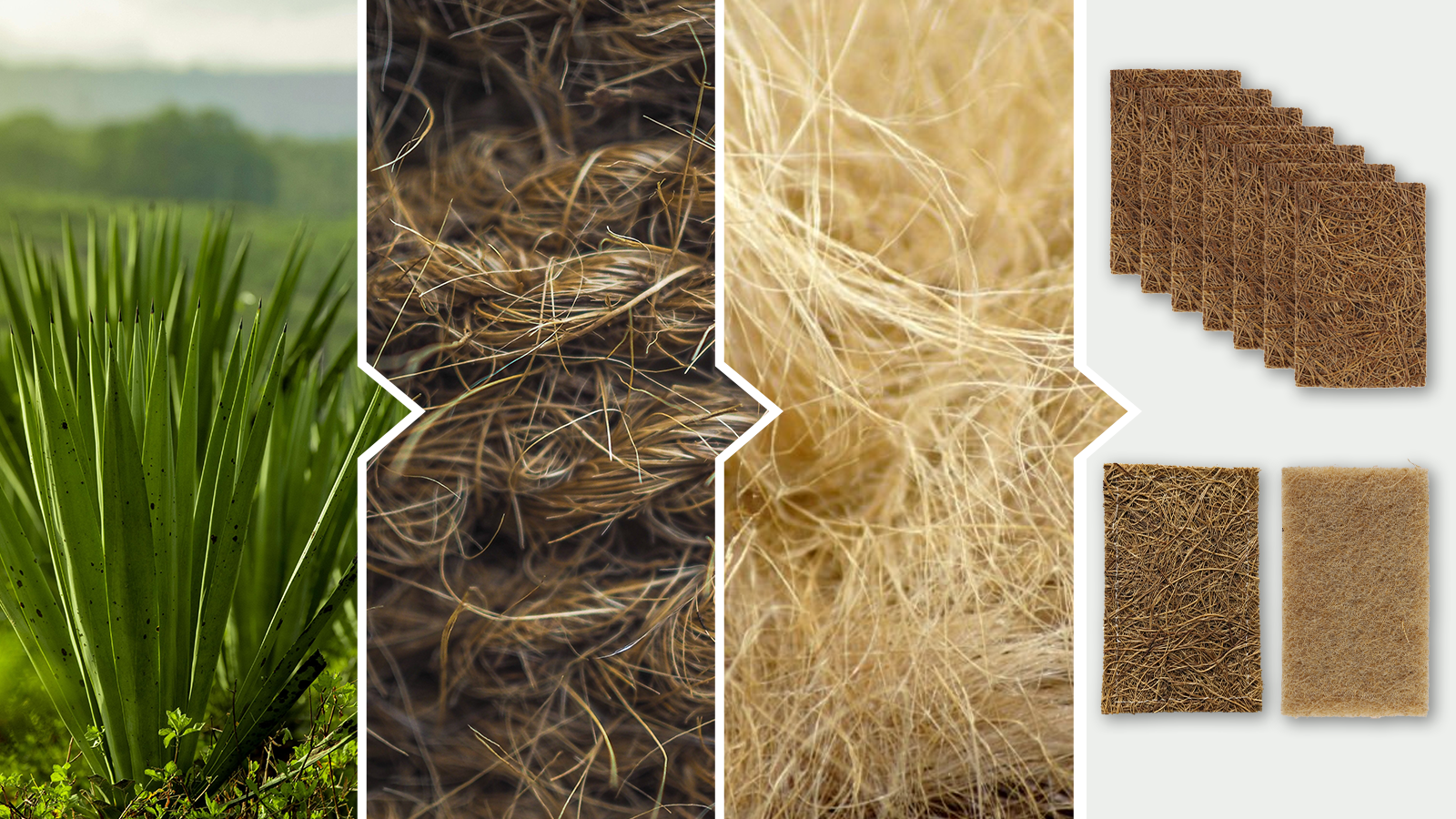
Introduction: Sisal is a natural fiber extracted from the agave plant.
Manufacturing Process: The leaves of the agave plant are crushed and beaten to separate the fibers. These fibers are then washed, dried, and brushed to remove impurities. The cleaned fibers are spun into threads or woven into mats, which are then shaped and processed into sponges.
Cleaning Ability: Strong and resilient, good for scrubbing.
Usage Scenarios:
- Scrubbing Tasks: Effective for cleaning stubborn dirt and grime from surfaces.
- Gardening Tools: Suitable for scrubbing and cleaning gardening equipment.
- Advantages: Biodegradable, sustainable, and long-lasting.
- Sponge Name: Sisal Scrubber
Disadvantages: Rough texture, may not be suitable for sensitive surfaces.
3.4. Jute

Introduction: Jute fibers come from the jute plant, known for its strength and durability.
Manufacturing Process: The stems of the jute plant are harvested and soaked in water to loosen the fibers, a process known as retting. The fibers are then separated, washed, and dried. These fibers are spun into threads or woven into fabrics, which are then processed into sponges.
Cleaning Ability: Effective for general cleaning tasks, moderately abrasive.
Usage Scenarios:
- General Cleaning: Suitable for wiping and scrubbing various surfaces in the home.
- Combination Sponges: Often combined with softer materials for versatile cleaning tools.
- Advantages: Biodegradable, renewable, and inexpensive.
- Sponge Name: Jute Sponge
Disadvantages: Can shed fibers over time, less absorbent than cellulose.
3.5. Loofah
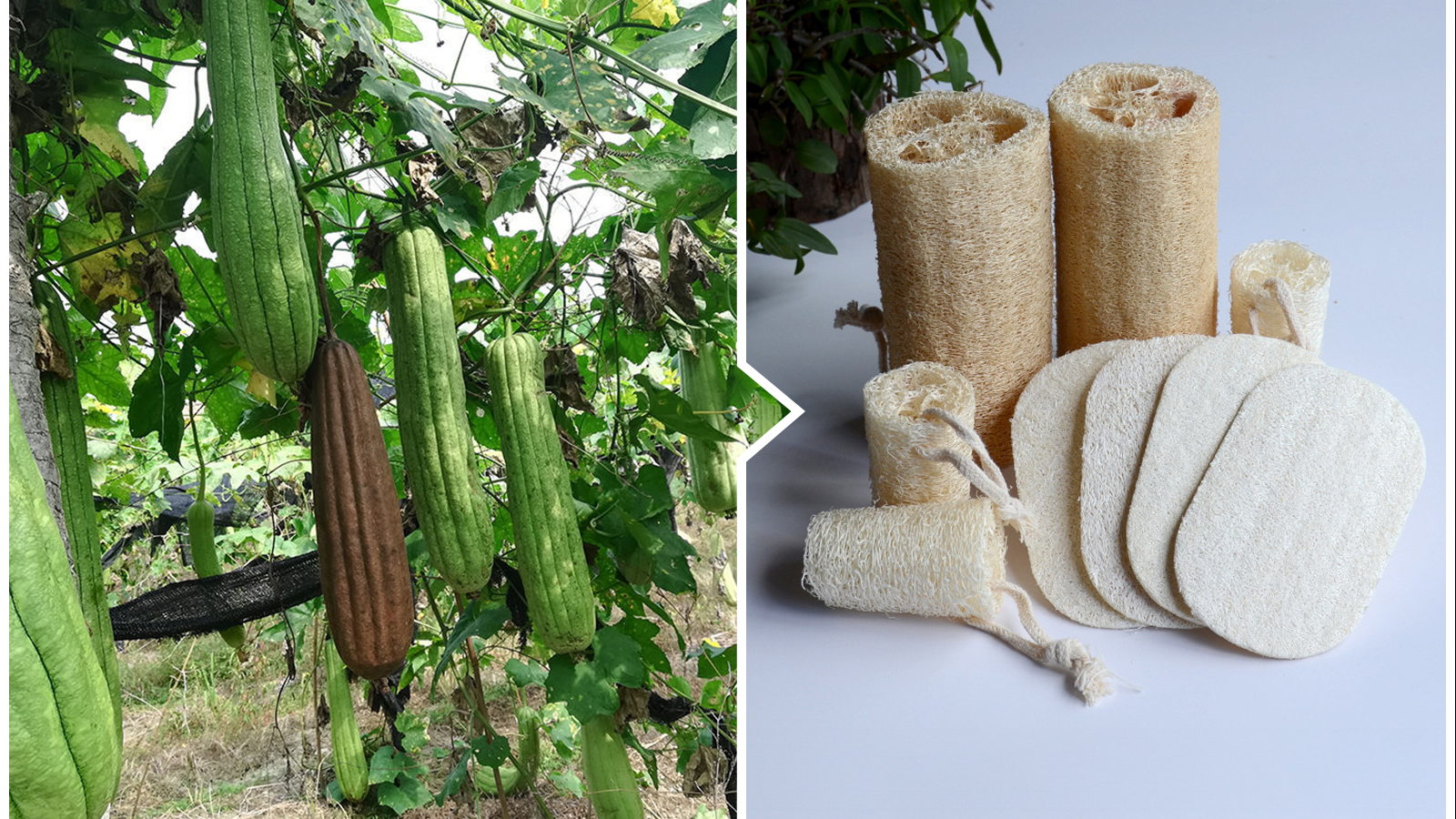
Introduction: Loofah sponges are made from the fibrous interior of the loofah gourd.
Manufacturing Process: The mature loofah gourd is harvested and soaked in water to soften the outer skin. The skin is peeled off to reveal the fibrous network inside. The fibers are then cleaned, dried, and cut into sponge-sized pieces.
Cleaning Ability: Excellent exfoliant, good for both cleaning and personal care.
Usage Scenarios:
- Personal Care: Popular for exfoliating skin in the bath or shower.
- Kitchen Cleaning: Suitable for scrubbing dishes, pots, and pans.
- Advantages: 100% natural, biodegradable, versatile.
- Sponge Name: Loofah Sponge
Disadvantages: Can become brittle if not kept moist, requires proper care.
3.6. Konjac
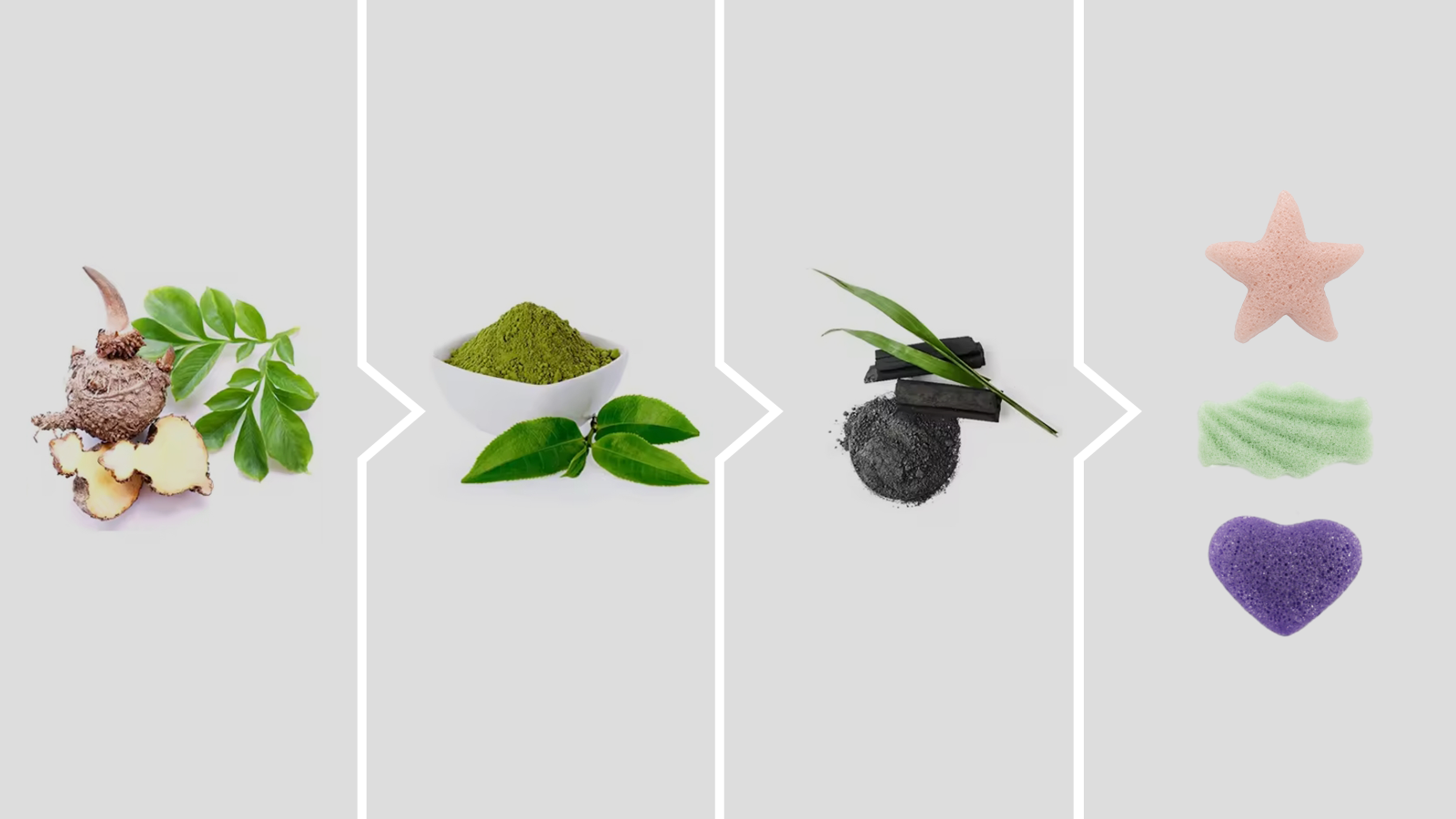
Introduction: Konjac sponges are made from the root of the konjac plant.
Manufacturing Process: The konjac root is dried and ground into a fine powder. This powder is mixed with water to form a thick paste. The paste is then molded into sponge shapes and cooked until it solidifies. The sponges are then dried and packaged.
Cleaning Ability: Soft and gentle, suitable for delicate surfaces and skin.
Usage Scenarios:
- Facial Cleansing: Ideal for gentle exfoliation and cleaning sensitive facial skin.
- Baby Care: Safe for use on delicate baby skin.
- Advantages: Biodegradable, naturally alkaline, good for sensitive skin.
- Sponge Name: Konjac Sponge
Disadvantages: Less durable than other natural sponges, requires frequent replacement.
3.7. Bamboo Fiber
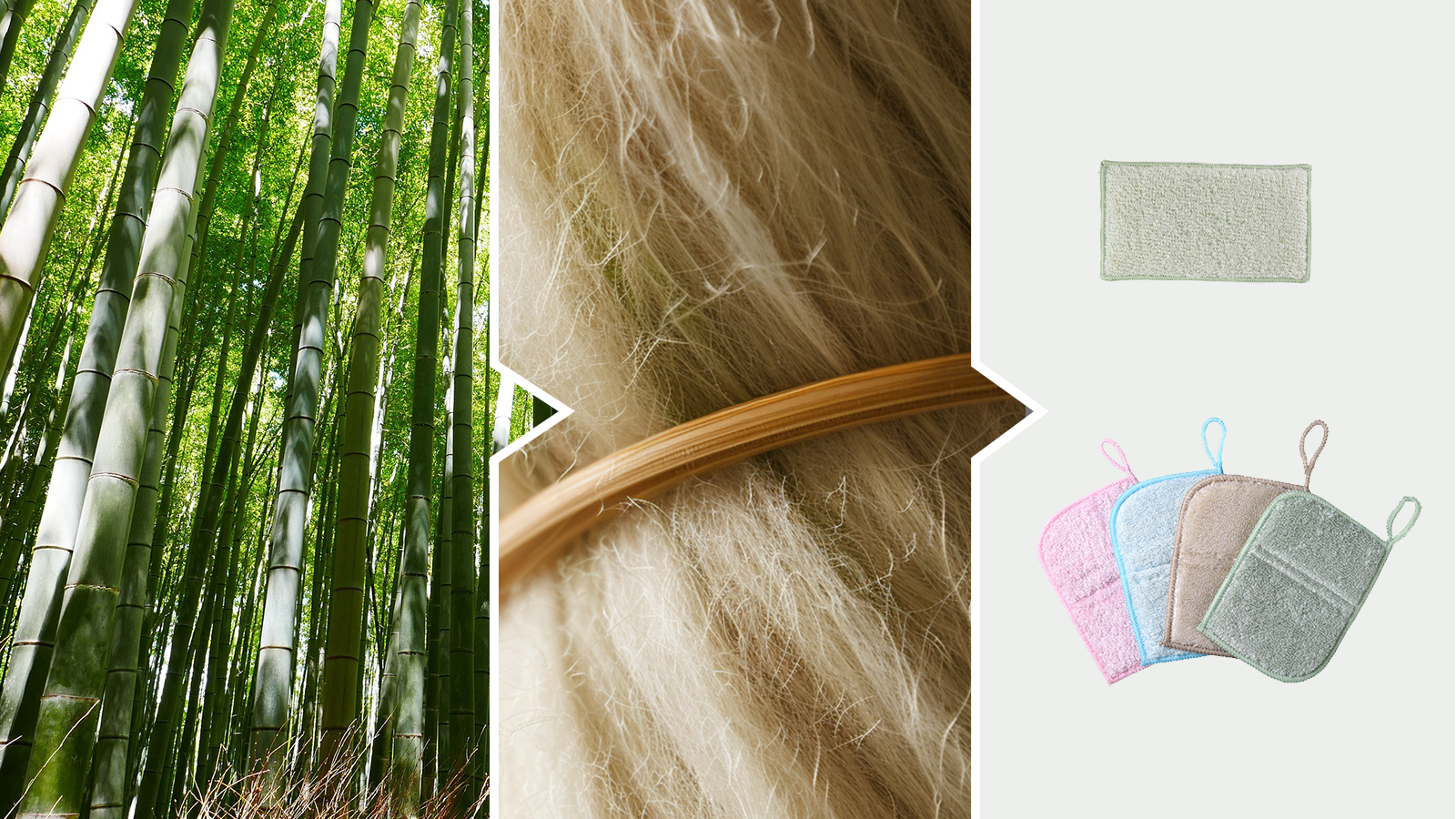
Introduction: Bamboo fiber sponges are derived from bamboo plants, known for their rapid growth.
Manufacturing Process: Bamboo stalks are harvested and mechanically processed to separate the fibers. These fibers are then treated with natural enzymes to soften them and spun into threads. The threads are woven into fabrics or mats, which are then processed into sponges.
Cleaning Ability: Absorbent and soft, good for general cleaning.
Usage Scenarios:
- Eco-Friendly Cleaning: Suitable for general household cleaning tasks.
- Personal Care: Often used in eco-friendly personal care products like washcloths.
- Advantages: Sustainable, antibacterial properties, biodegradable.
- Sponge Name: Bamboo Fiber Sponge
Disadvantages: Can be more expensive, may wear out faster than synthetic sponges.
Conclusion
Natural cleaning sponges offer a range of benefits from being eco-friendly and biodegradable to having unique cleaning properties suited to various tasks. Each type of natural material has its own set of advantages and disadvantages, making it important to choose the right sponge for your specific cleaning needs. By opting for natural sponges, you contribute to a healthier environment and a more sustainable future.

